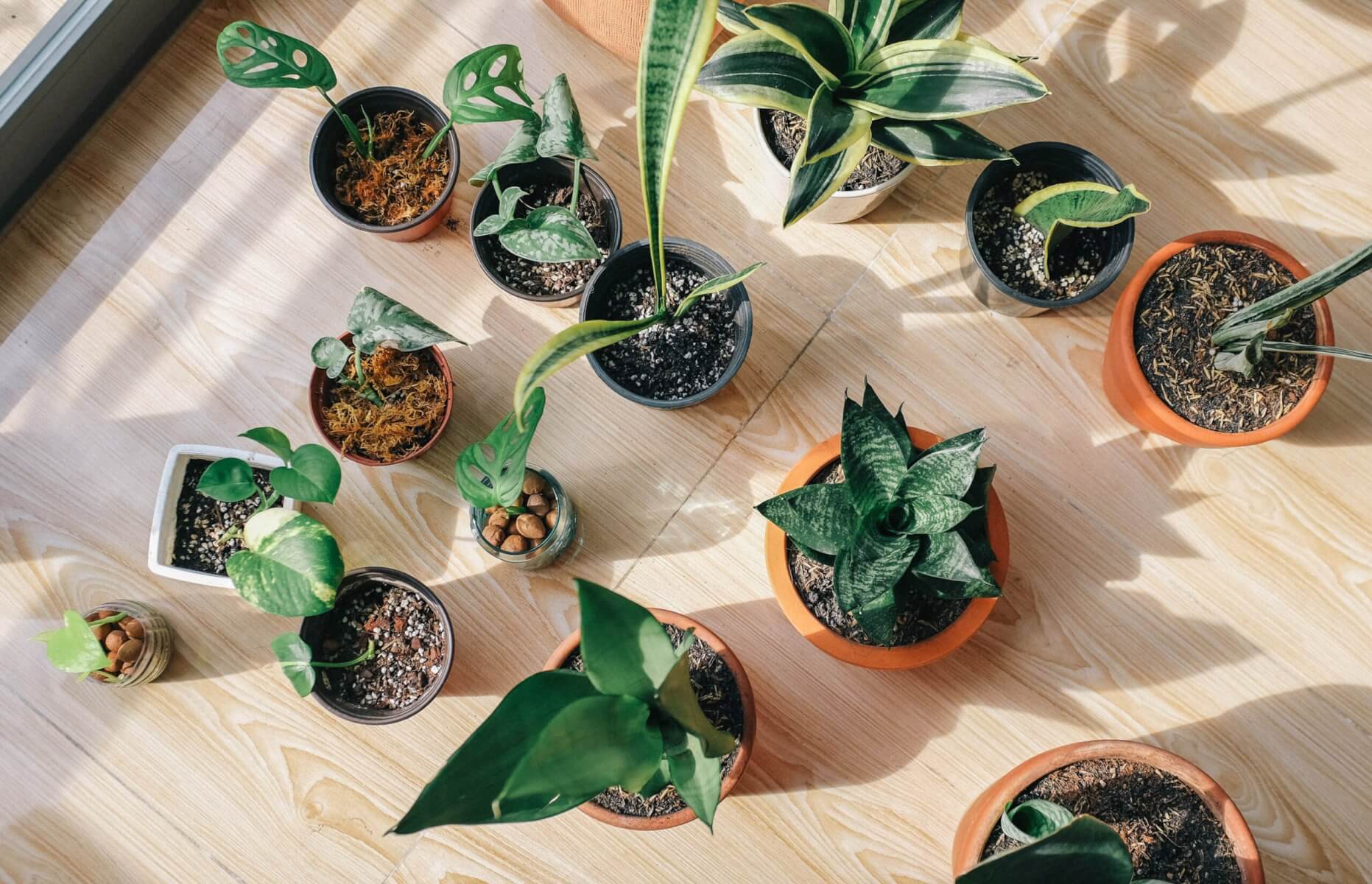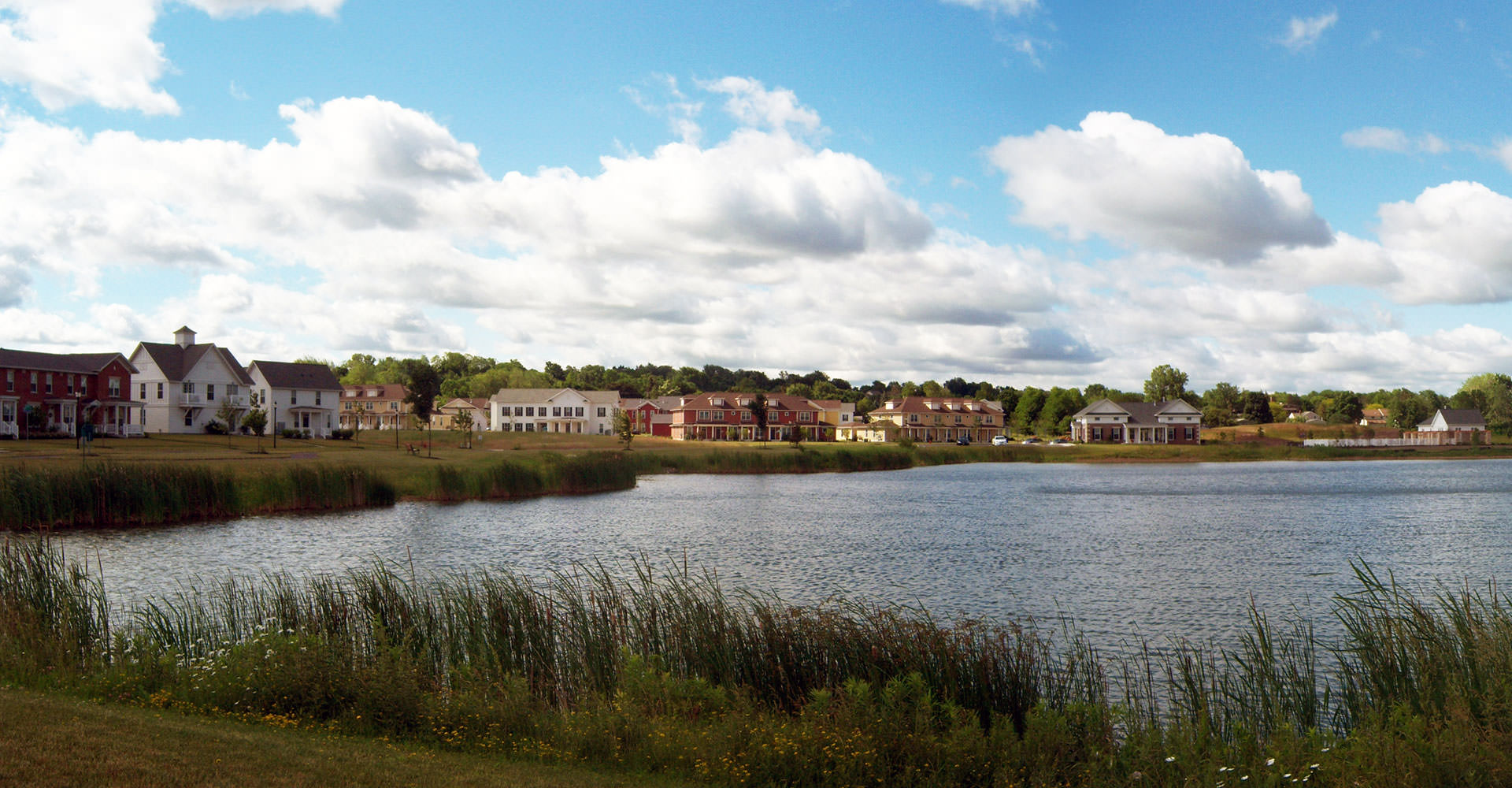It’s Time to Fertilize Your Houseplants
 March 2021
March 2021
The arrival of spring means it’s time to fertilize your houseplants. If you already fertilize, you probably know that it’s better not to during winter. If you never fertilize, this is the perfect time to start. Because houseplants help clean the air in your apartment, the healthier you keep yours, the healthier they keep you.
Unlike outdoor plants, the nutrients available to houseplants are limited to the amount of soil in the pot and what you add to it. When potting soil is fresh, plants don’t need much, if any, fertilizer. After about two months, though, the plants will have consumed the available nutrients in the soil and you’ll have to add fertilizer if you want continued, healthy growth.
Fertilizers come in several different varieties: liquids, sticks, tablets, granules, and slow-release forms. The two best suited for indoor use are liquid and slow-release fertilizers.
Liquid Fertilizers
Liquid fertilizers are diluted into water and applied with a watering can. Depending on label instructions and the type of plant, you might fertilize every time you water or every other time. Always research plant requirements to learn about their specific nutritional needs. Liquid fertilizer provides a steady supply of nutrients that you can control and it’s also easy to stop using during the winter months or to use more frequently when the plant is actively growing in the spring and summer months.
Slow-Release Fertilizers
Slow-release fertilizers are coated in time-release shells that slowly release nutrients into the soil. The individual pellets have coatings of different thicknesses that dissolve at different rates, so the actual release of the fertilizer is staggered over time. A single application can last at least three to four months, up to nine months.
Spring and Summer Fertilizer Schedules
In the spring, start fertilizing houseplants about 8 weeks before the last expected spring frost. In our area, that could be as late as mid-May, so it’s probably safe to begin a spring fertilizing schedule in mid-March each year. The first three fertilizer applications of the season should be made at half the recommended strength; this feeds houseplants at a time when they’re gearing up for active growth and don’t yet require larger amounts of nutrients.
When summer arrives, switch to a more regular fertilizing schedule, basing the frequency on the type of fertilizer you’re using. For example, liquid fertilizers are applied more frequently (bi-weekly or monthly), and slow-release fertilizers release nutrients in small amounts over a longer period of time; a single application may last for three to four months or more.
